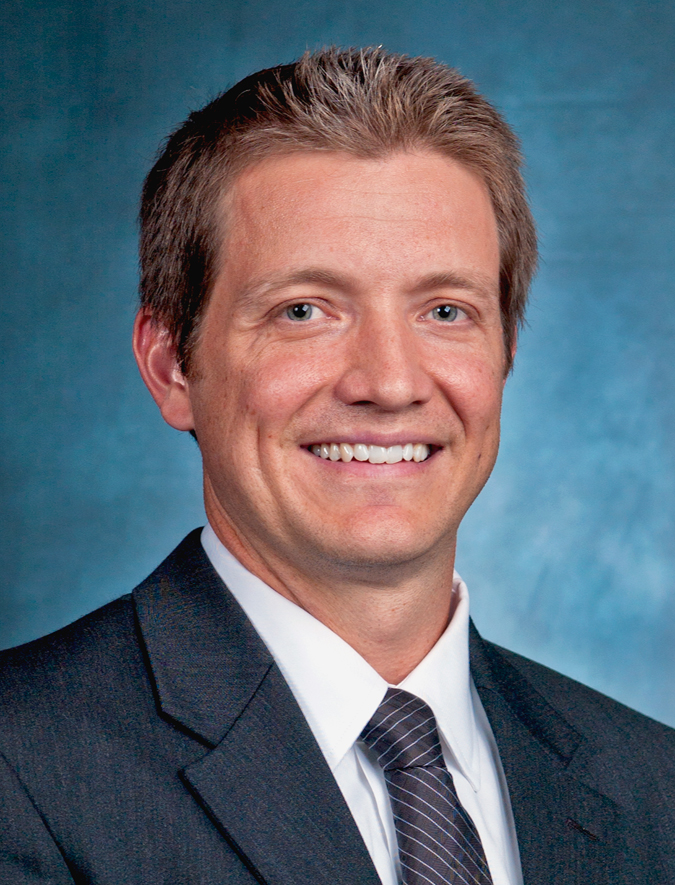Superior Semicircular Canal Dehiscence Syndrome Following Head Trauma: A Multi-institutional Review. Journal Article
Local Library Link: Find It @ Loyola
| Authors: | McCrary, HC; Babajanian, E; Patel, N; Yang, S; Kircher, M; Carlson, ML; Gurgel, RK |
| Article Title: | Superior Semicircular Canal Dehiscence Syndrome Following Head Trauma: A Multi-institutional Review. |
| Abstract: | OBJECTIVE: To evaluate patients who become symptomatic from superior semicircular canal dehiscence (SSCD) following head trauma. STUDY DESIGN: Case series assessing patients presenting with SSCD after a trauma. METHODS: A case series was completed assessing patients presenting with SSCD after trauma. Data from three academic medical centers were evaluated, including the following: imaging, videonystagmography (VNG)/vestibular evoked myogenic potential (VEMP) testing, audiometric assessment, and surgical repair. Outcome measures included the following: 1) Description of audio-vestibular symptoms, 2) mean pre- and post-operative pure tone average (PTA), word recognition score (WRS), and air bone gap (ABG). RESULTS: A total of 14 patients were included; 86% were male. Approximately 43% were found to have bilateral SSCD on imaging, with 57% of patients pursuing surgical management. The most common presenting symptoms included pulsatile tinnitus (93%), autophony (79%), and hearing loss (64%). Approximately 36% of patients underwent VNG/VEMP testing, with 83.3% of those demonstrating abnormal results. The mean audiometric findings on the symptomatic side included an air-conduction PTA of 38.0?dB, bone-conduction PTA of 24.3?dB, WRS of 81%, and ABG of 17.9?dB. Among patients who underwent surgery (57%), there was no significant change in the air-conduction PTA, bone-conduction PTA, or WRS (P?>?.05). However, there was an improvement in the ABG (preoperative = 22.8?dB versus postoperative = 9.7?dB; P = .005). CONCLUSION: Head trauma may be a potentiating event for SSCD syndrome. This study advances the hypothesis that these patients likely have underlying radiographic SSCD prior to their trauma, and a traumatic event increases in intra-vestibular or intracranial pressures, unmasking SSCD syndrome. LEVEL OF EVIDENCE: IV Laryngoscope, 2021. |
| Journal Title: | The Laryngoscope |
| ISSN: | 1531-4995; 0023-852X |
| Publisher: | The American Laryngological, Rhinological and Otological Society, Inc |
| Date Published: | 2021 |
LUC Authors
-
 22
22Kircher
Related LUC Article
